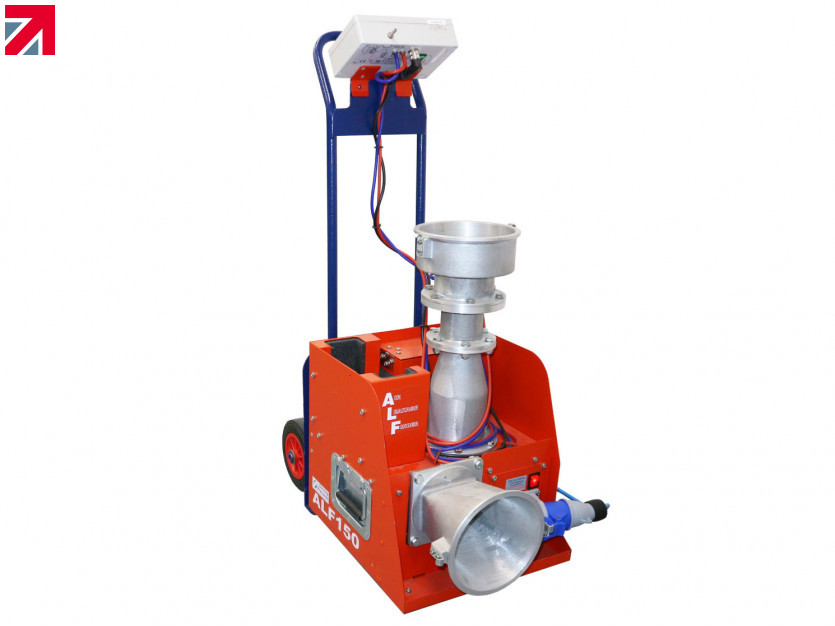Air leakage from duct distribution systems is an important consideration in the design and operation of ventilation and air conditioning systems. A ductwork system that has limited air leakage, within defined limits, will ensure that the design characteristics of the system can be maintained. It will also ensure that energy and operational costs are kept to a minimum.
Andrew Hamshere, Sensing Precision’s Operation Director advises why a duct leakage performance test is the most effective way to highlight leakage and enable an engineer to carry out the necessary repairs by either sealing or replacing faulty duct.
"Many are unaware of the advantages made when diagnosed maintenance is carried out following a duct leakage performance test. These include considerable savings in future energy bills as well as improved levels of occupant comfort" "Carrying out a duct leakage performance test a simple process with the ALF 150 Duct Leakage Tester. A single operative can pressurise and examine the duct system for air leaks, much the same way a plumber pressure tests water pipes for leaks. The test involves pressurising the duct system with a high accuracy volume flow measuring device that simultaneously measures air flow and its effect on the pressure within the duct system. The tighter the duct system, the less air you need from the fan to create a change in duct system pressure. Duct leakage measurements are used to diagnose and demonstrate leakage problems, estimate efficiency losses from duct leakage, and certify the quality of the duct system. When the ALF 150, testing is carried out to Standard DW/143 (Class A-D) and captured data can be saved in a .txt format via SD card or output via mini USB cable."
"A duct system that leaks can significantly increase air conditioning and heating bills, and dramatically reduce equipment capacity and performance. Equally, potentially dangerous indoor air quality problems can arise, and duct leakage contributes to many of the comfort complaints experienced by occupants today"
Here are a few problems your customers should be aware of that result from duct system leakage:
- Duct leakage prevents heating and cooling systems from doing their job properly, resulting in hot or cold rooms, and humidity problems. Duct leaks can create air quality problems by pulling pollutants and irritants directly into the building. Studies indicate that in some instances duct leakage can account for greater impact on energy use than air escaping via outer walls, roof, foundations, windows and doors.
- Leaks in the supply ductwork cause expensive conditioned air to be dumped into non-target areas such as above suspended ceilings, loft spaces & warehouses.
- Return leaks pull outside air (hot in summer, cold in winter) into the duct system reducing both efficiency and capacity. In humid climates, moist air being drawn into return leaks can overwhelm the dehumidification capacity of air conditioning systems causing a building to feel clammy even when the air conditioner is running.
- Duct leaks can cause the air coming from heat pumps to feel warm or even cold during the winter causing comfort complaints and the need for a secondary heating source. Leaks in return ductwork can draw air into the building from non-conditioned areas such as above a suspended ceiling or an industrial area bringing with it dust, mould spores, insulation fibres and other airborne contaminants.
Many are unaware of the advantages made when diagnosed maintenance is carried out following a duct leakage performance test. These include considerable savings in future energy bills as well as improved levels of occupant comfort.
Find out more about Sensing Precision Limited on their member profile page here
Member-created content 3 years ago | From members
